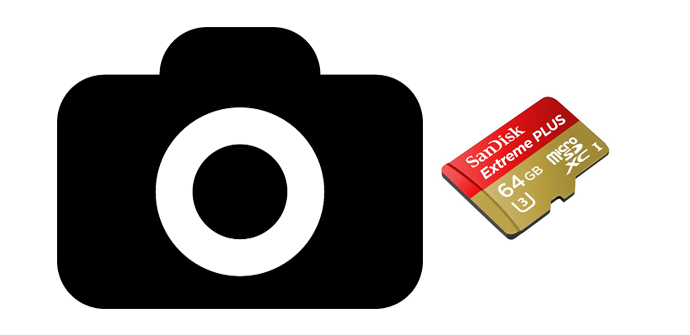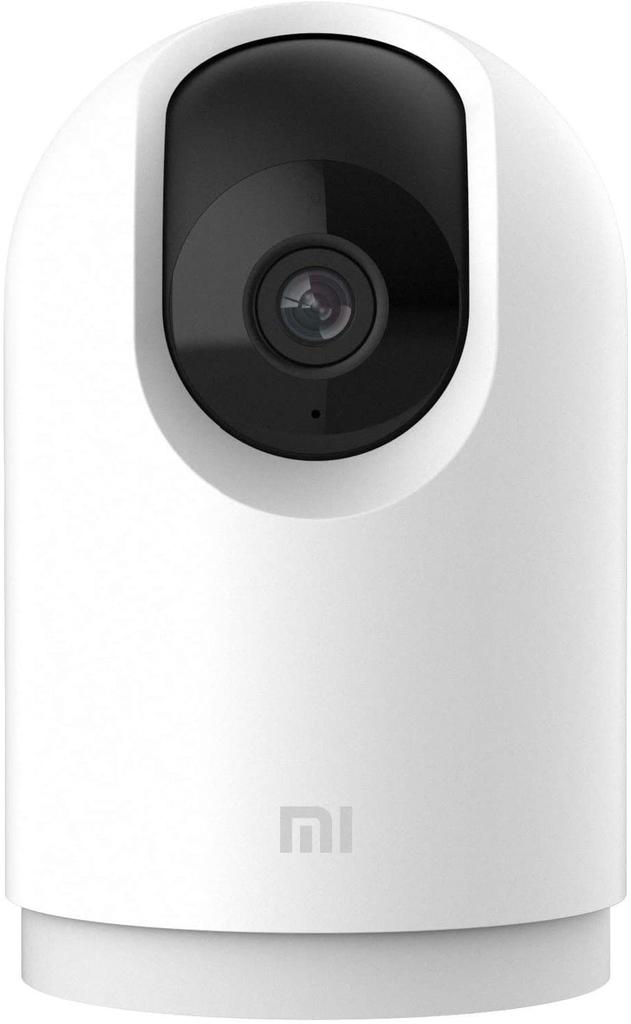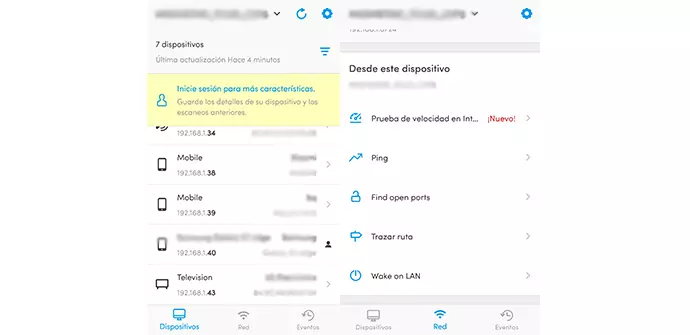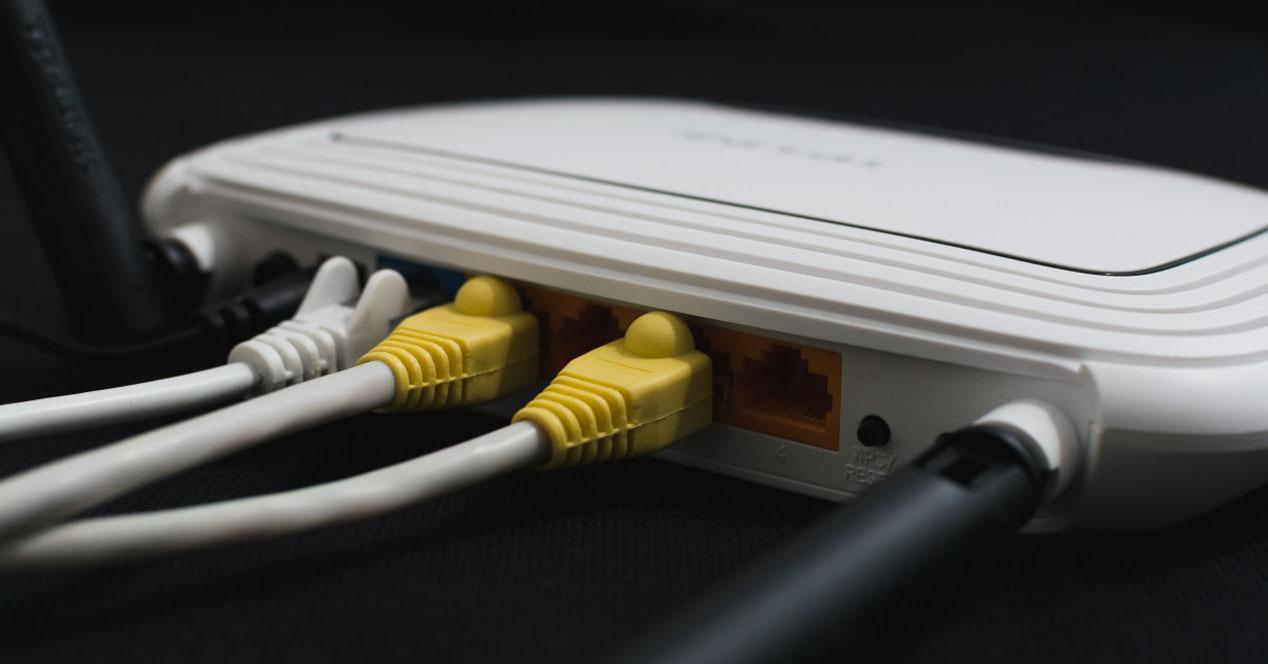
Camera recording methods
Domestic IP cameras usually incorporate a slot for micro SD cards, on this card you can store the video clips that the camera records when it detects movement and/or sound, in this way, if we activate the recording by detection of movement and sound, Automatically all the video clips will be saved internally in the micro SD card that we have inserted. However, store the video clips on a micro SD card of the camera It is not a good idea for security, for two reasons:
- The recording of these videos is generally not encrypted, so anyone who removes the micro SD card from the camera will be able to view all the videos you have recorded automatically.
- A thief who enters the house and is recorded with the camera, if the recordings are stored inside, it is enough that he also steals the micro SD card and any evidence of the intrusion will have been taken. In addition, the IP camera could also be carried directly.
There are also somewhat more advanced IP cameras that have the RTSP-protocol, this protocol allows us to view the camera through the local network, and also use some software that works as an NVR (Network Video Recorder). For example, NAS servers have free or paid programs for the NAS itself to act as an NVR, connecting to cameras via RTSP and storing all recordings internally, either in continuous recording or motion detection recording and sound. This option is also very interesting, but it has its weak points:
- If we store the recordings on a NAS that is inside the house, a thief could also steal it, so we should store these recordings remotely on another NAS that is not at home or in the cloud.
- We need a NAS or a computer permanently on to make all the recordings.
- More complicated to configure.
For these reasons, IP camera manufacturers launched the cloud recording services. Thanks to this feature, we will be able to record video clips by detecting movement and/or sound directly in the camera manufacturer’s cloud, and access these recordings with our access credentials. In case of theft of the camera there will be no problem, because the recordings will be in the manufacturer’s cloud available for viewing at any time. However, not all manufacturers provide this function for free, but we have to pay a monthly or annual subscription, either per registered account or for each camera that we want to enable the function.
Manufacturers with free cloud recording
Depending on the manufacturer we will have one policy or another regarding the recording in the Cloud, in addition, we must also differentiate between recording in the Cloud of the manufacturer itself or the possibility of uploading the video clips to services such as Dropbox or others.
D Link
D-Link is the manufacturer that provides the most time when it comes to enjoying free cloud recording. If you buy any IP camera from the manufacturer and link it to your mydlink account, you will automatically enjoy 1 year of free Cloud recording, not only for the camera you just bought, but for the entire account associated with mydlink. In this way, if you already have a D-Link camera right now, if you buy another camera and associate it with your account, you will automatically enjoy an additional 1 year for all the cameras you have. However, the free plan has its limitations: it only allows you to store the last 24 hours of recordings and allows up to 3 cameras at most.
mydlink payment plans are quite interesting:
- Basic: up to 7 days of video conservation of up to 3 cameras, for €25 per year.
- Premium: up to 14 days of video conservation of up to 5 cameras, for €50 per year.
- Pro: up to 30 days of video conservation of up to 10 cameras, for €100 per year.
We must bear in mind that these prices are at the user account level, other manufacturers are at the IP camera level.
EZVIZ
EZVIZ provides the CloudPlay service totally free for 30 days when registering the IP camera that we buy. When we start the trial period we will be able to see the history of up to 7 days of video events, of course, it is compatible with all EZVIZ cameras and we have unlimited cloud storage, there is no limit of video clips to upload.
The manufacturer also allows you to purchase a standard plan for an individual camera, depending on our needs, we can choose a history of 3, 7 or 30 days of event-based videos. The price varies in each country, in the case of Spain the prices are €5 per month or €50 per year for the 7-day plan, and €10 per month or €100 per year for the 30-day recording plan. Another possibility is to purchase the Pro subscription, where we pay only one subscription and we can have recording in the cloud on 4 cameras simultaneously, it is somewhat more expensive than the individual one but it is ideal if we have two or more cameras, since you will save a lot of money.
You should also keep in mind that there are high-end models of EZVIZ that offer totally free cloud recording without limits, so you should keep that in mind if you buy a high-end camera.
Xiaomi
The latest Xiaomi IP cameras also have free cloud recording, we have the possibility to review the video clips recorded up to 7 days ago, but we can only see the clips that have been recorded through motion or sound detection . Through the Xiaomi Home app we have the possibility to configure a micro SD card and then go back more time, but the videos will be stored locally and not in the cloud, so we must take this into account.
An important detail is that the videos that are uploaded to the cloud last 10 seconds, if we want to record longer we will have to use a micro SD card for it.
There are other manufacturers such as NETATMO that do not have their own cloud recording, but they do have the possibility of configuring our Dropbox account to store all the videos. There are also other manufacturers that allow the same, although they do not have their own Cloud, they give the possibility of using Google Drive, Dropbox or OneDrive, to maintain the functionality even if it is not native.






